May 18, 2019 – A heart-to-heart with clams and crabs
Nils Volkenborn, Stony Brook University. Meet with local scientist from the School of Marine and Atmospheric Sciences at StonyBrook and watch the heartbeat of hard-shelled animals in real-time and learn why and how scientists use heartbeat rate measurements to study their life in the coastal ocean. Do not miss the great show.
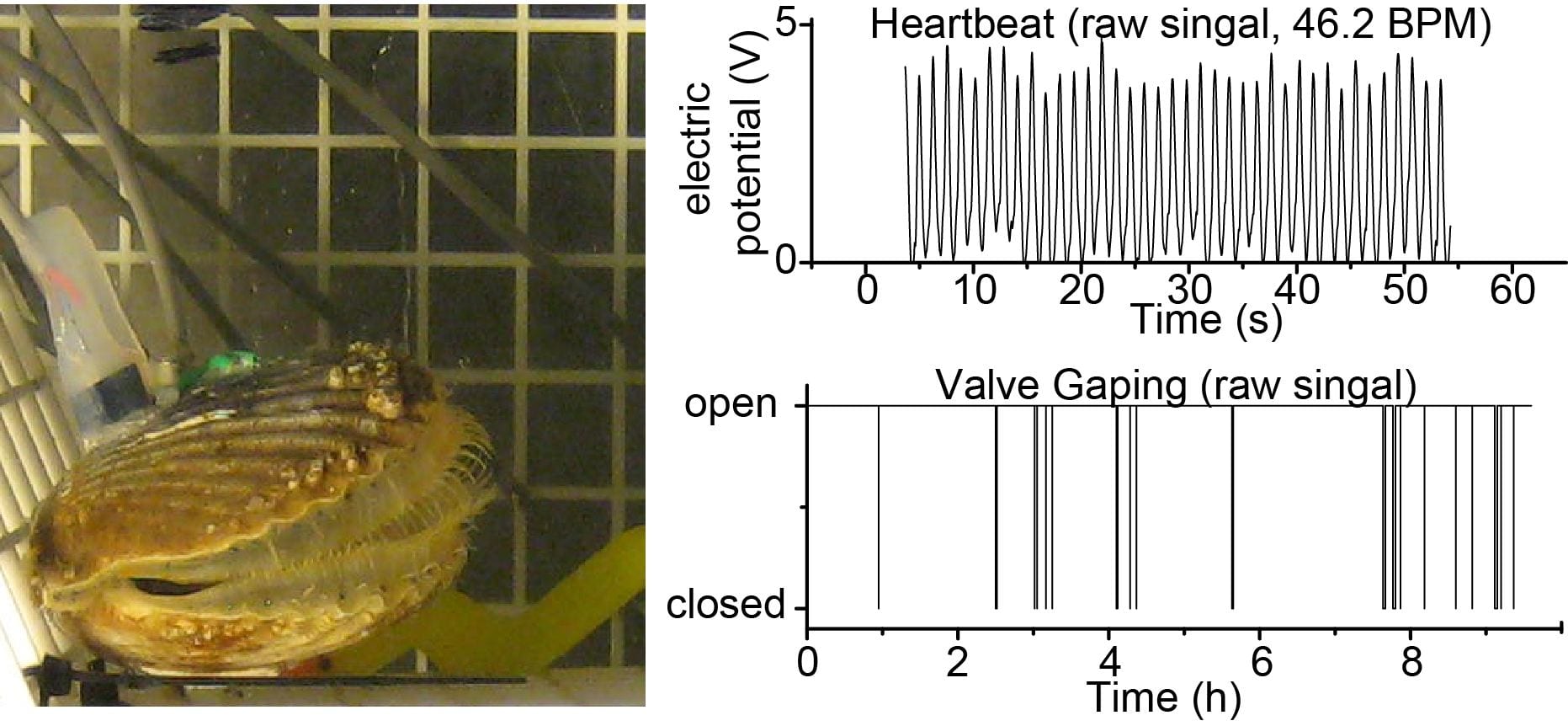
Infrared and Hall Effect sensors glued on the shell of a scallop for simultaneous measurements of heartbeat rates and valve gaping. (Photo credit: Nils Volkenborn, visit Nils website for more information https://you.stonybrook.edu/voll/environmental-variability-and-faunal-repsonses/
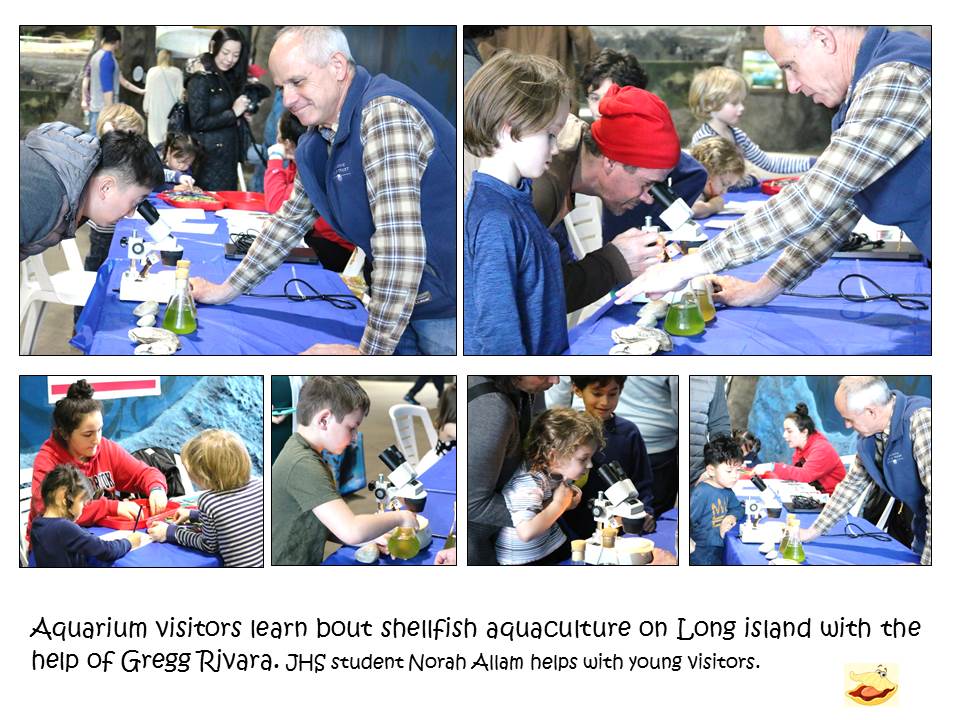
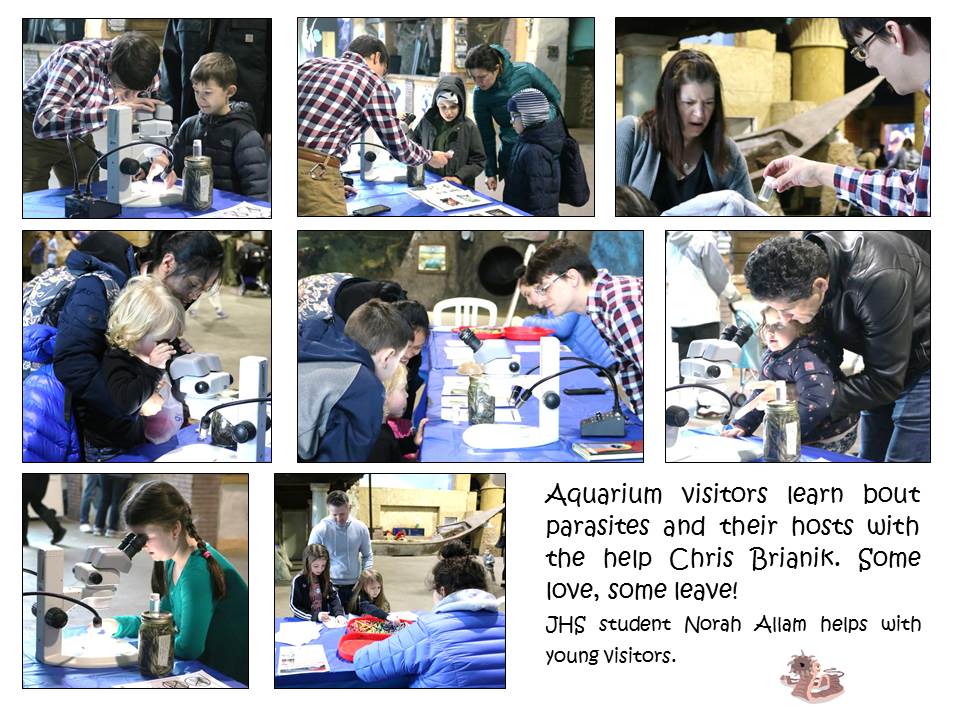
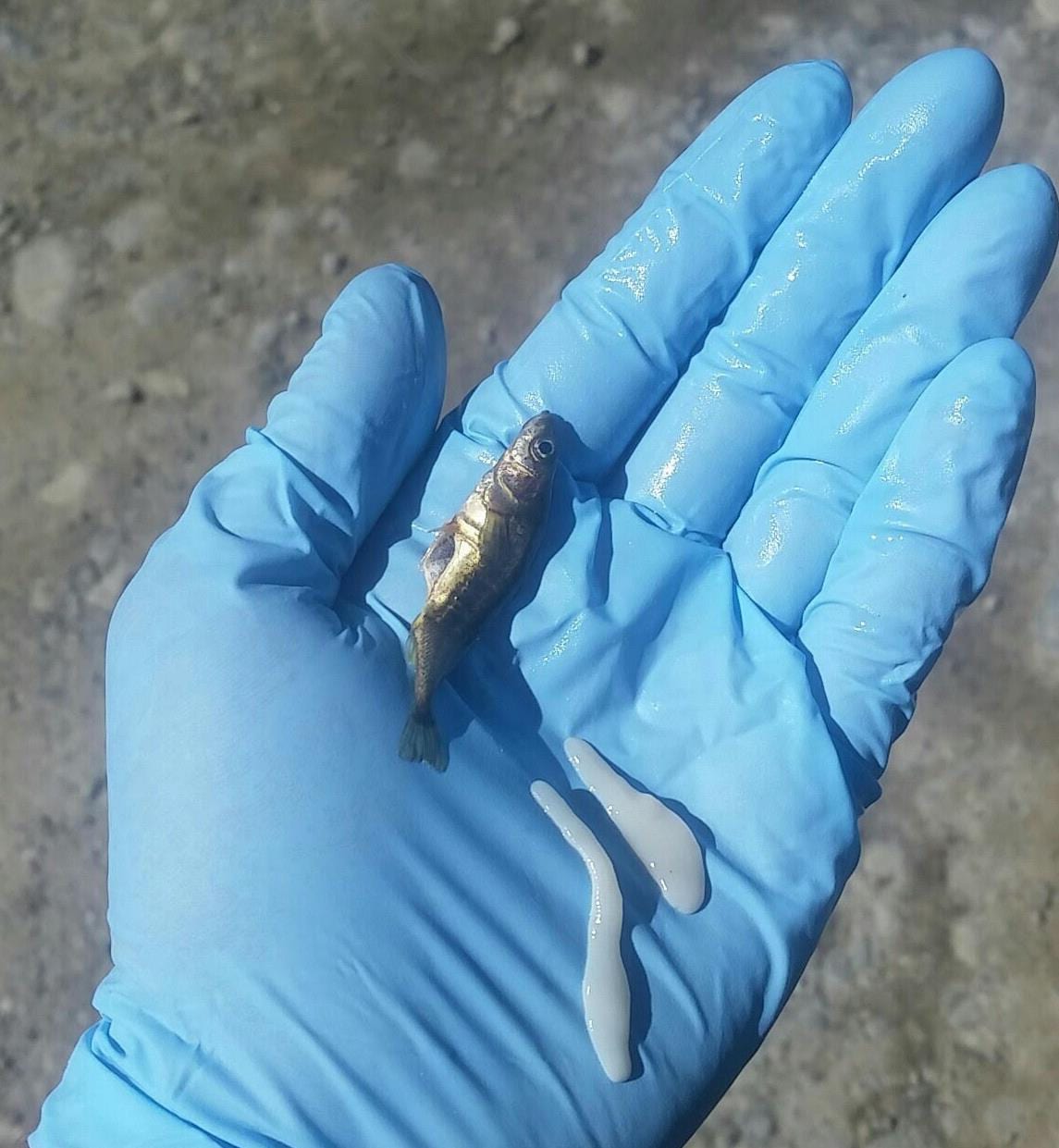
 Photo Credit: D Ross Robertson
Photo Credit: D Ross Robertson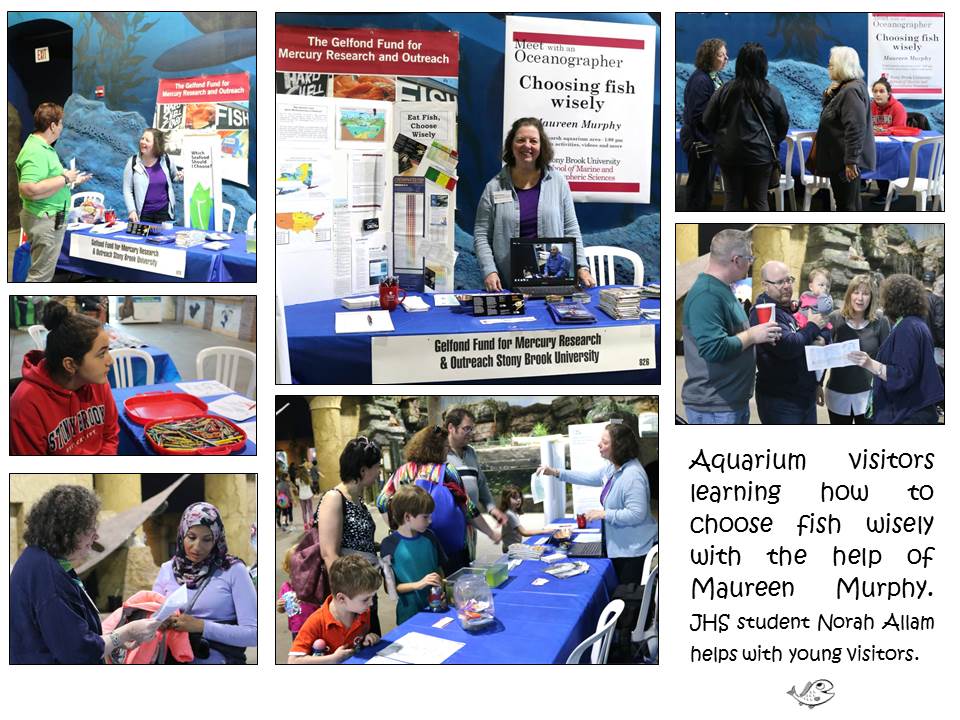



 Photo credit : Original photo taken by Nick Veitch on Ballyholme Beach, Bangor, Co.Down, N.Ireland.
Photo credit : Original photo taken by Nick Veitch on Ballyholme Beach, Bangor, Co.Down, N.Ireland.